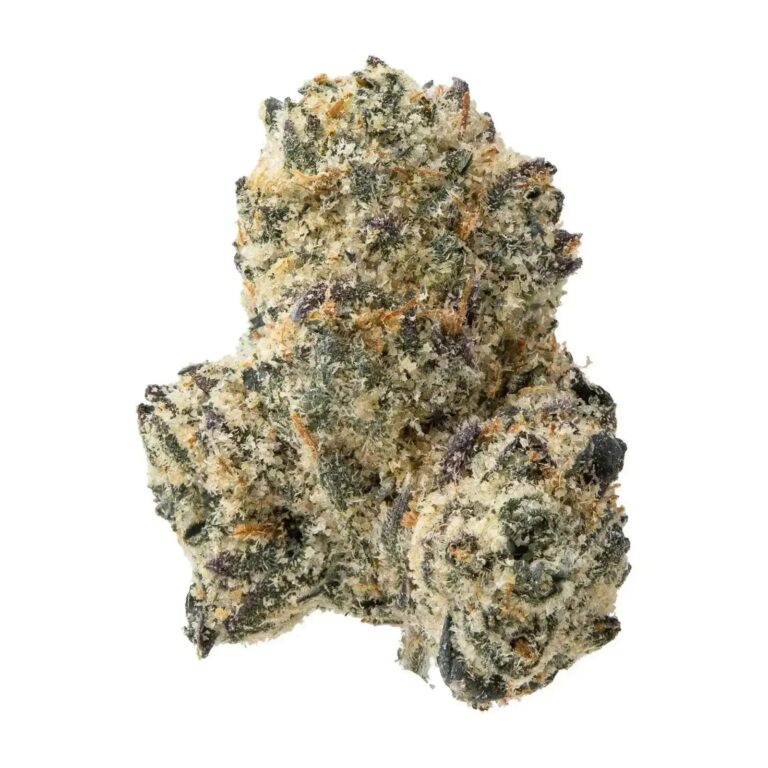Deciding whether to play aggressively or passively in Master Poker can significantly Master Poker impact your success at the tables. Each style has its strengths, but knowing when to apply them is what separates average players from winning ones. Mastering the balance between the two can help you adapt to different situations and opponents more effectively.
Understanding Aggressive Play
Aggressive poker involves betting and raising more often than calling or checking. This strategy forces opponents to make tough decisions and gives you more ways to win a hand—either by having the best cards or making others fold.
Aggressive play puts pressure on your opponents, seizes control of the pot, and builds your image as a dominant player. It’s especially effective when you have position, a strong hand, or when you sense weakness in others.
When Aggressive Play Works Best
Aggression is most effective in the following situations:
-
When You Have the Initiative: Raising pre-flop and continuing with a bet post-flop keeps your opponents on the defensive.
-
Against Passive Players: If opponents are just calling and rarely raising, aggression can exploit their passivity.
-
In Tournament Play: Stealing blinds and antes becomes essential as blinds increase. Aggressive players thrive in these conditions.
However, over-aggression can become predictable and get punished, especially by skilled opponents or when you’re out of position.
Understanding Passive Play
Passive play involves more checking and calling than betting or raising. It can work well when used selectively, such as when slow-playing a monster hand or trapping overly aggressive opponents.
Passive play is useful for controlling pot size, especially when you’re unsure where you stand in the hand. But overusing this style can lead to missed value and allows others to dictate the action.
When Passive Play Can Be Beneficial
Playing passively is suitable in scenarios like:
-
When You’re Out of Position: It’s harder to control the pot, so being cautious can prevent overcommitting.
-
Against Wild Aggressors: Calling down loose-aggressive players with strong hands can be more profitable than re-raising.
-
With Marginal Hands: Sometimes it’s better to play small pots with medium-strength hands to avoid big risks.
Still, too much passivity can make you easy to read and exploit.
Balancing Both Styles for Optimal Results
The best Master Poker players shift between aggressive and passive play depending on their opponents, position, and stage of the game. Aggression should be your default mode, but learning when to slow down and let others take the lead is equally important.
Stay unpredictable by mixing up your strategy, but always have a reason for your actions based on table dynamics and hand strength.
FAQ
1. Is aggressive play always better in Master Poker?
Not always. While aggression can win pots and apply pressure, overdoing it can lead to losing big pots if your opponents adjust. Timing and balance are key.
2. When should I use passive play in Master Poker?
Use passive play when you want to trap aggressive opponents, control pot size with medium-strength hands, or when you’re unsure about your hand strength.
3. How do I know which style to use against a specific player?
Observe your opponent’s tendencies. If they fold often, aggression works. If they’re very aggressive, a passive trap may be more effective. Adapt your style to exploit their weaknesses.




